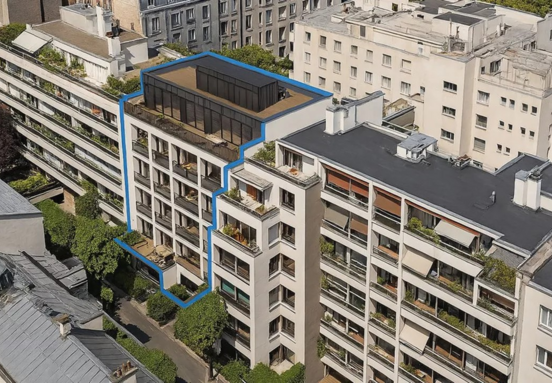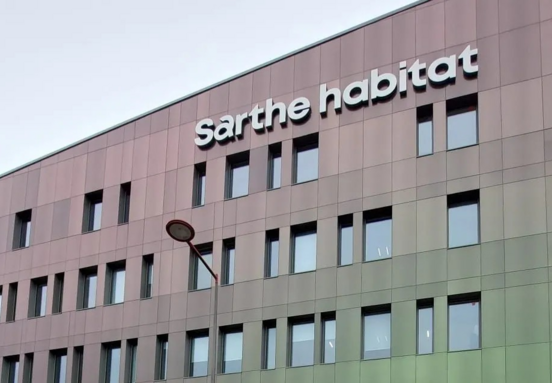Navigating office space: understanding usable area for smart renting
In the world of commercial real estate, especially when dealing with office spaces, determining the exact 'usable area' can be surprisingly complex.
Unlike residential properties, there's often an absence of a clear, legally defined standard for what constitutes "surface utile" (usable area).
This ambiguity can significantly impact how office rents are calculated and how much truly functional space your business acquires.
What is Gross Usable Area (GUA)?
The Gross Usable Area (GUA) is typically the initial reference surface mentioned in commercial lease agreements. It represents the broader usable area within a tenant's private space. This includes not only the main work areas but also internal corridors, private facilities like restrooms within the leased premises, and other private usable zones.
However, it explicitly excludes structural elements (like walls and columns) and common circulations that are shared by all tenants (like main building hallways, lobbies, and shared stairwells).
What is Net Usable Area (NUA)?
The Net Usable Area (NUA), on the other hand, provides a more precise measurement of the truly operational space available for your business activities. It is derived from the GUA by making further crucial deductions.
These deductions typically include common parts located within your leased area, non-shared technical rooms (e.g., small server closets only for your use), horizontal circulations (internal hallways leading to different departments), and private sanitary or social areas (e.g., a private kitchen or breakroom within your leased space).
Essentially, the NUA represents the actual footprint where workstations, equipment, and core business operations can be effectively placed.
Why the difference matters: GUA vs. NUA in your lease agreement
The distinction between GUA and NUA is paramount for businesses. While your office rent is frequently based on the larger GUA figure, it's the NUA that dictates how much space is genuinely exploitable for your employees and operations. A high GUA with a disproportionately low NUA means you could be paying for a significant amount of space that isn't directly contributing to your productivity or employee density.
The crucial NUA/GUA ratio: a metric for efficiency
To truly evaluate a building's efficiency and get the most value for your rent, understanding the NUA/GUA ratio is key. This ratio, calculated by dividing the NUA by the GUA, indicates how well the space is optimized. A higher ratio signifies better space utilization and a more efficient layout, translating into a lower effective cost per workstation.
For instance, modern, well-designed office buildings often boast a NUA/GUA ratio of 0.80 to 0.85, meaning 80-85% of the paid-for GUA is truly usable for core business activities.
Key advice for businesses seeking office space
When negotiating your next office lease, empower yourself with these strategies:
Request detailed figures: Always ask for both the Gross Usable Area (GUA) and the Net Usable Area (NUA) figures for any prospective space. Ideally, these should be provided with a professional measurement report to ensure accuracy.
Calculate the NUA/GUA Ratio: Use the provided figures to calculate this crucial ratio. Compare it across different properties to identify the most efficient layouts. A higher ratio indicates better value.
Visualize space utilization: Don't just rely on numbers. Request detailed layout plans that clearly demarcate the NUA. This allows you to visualize employee density, workstation placement, and how the space will genuinely function for your team, ensuring cost-effectiveness and optimal productivity.
By understanding and actively questioning these crucial metrics, businesses can secure office spaces that not only meet their needs but also offer genuine value and efficiency, optimizing their commercial real estate investment.
Source: immobilier.cbre.fr







